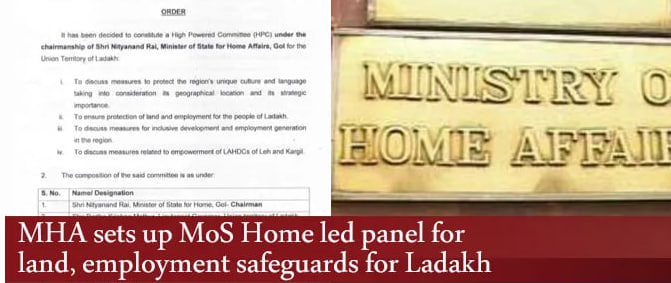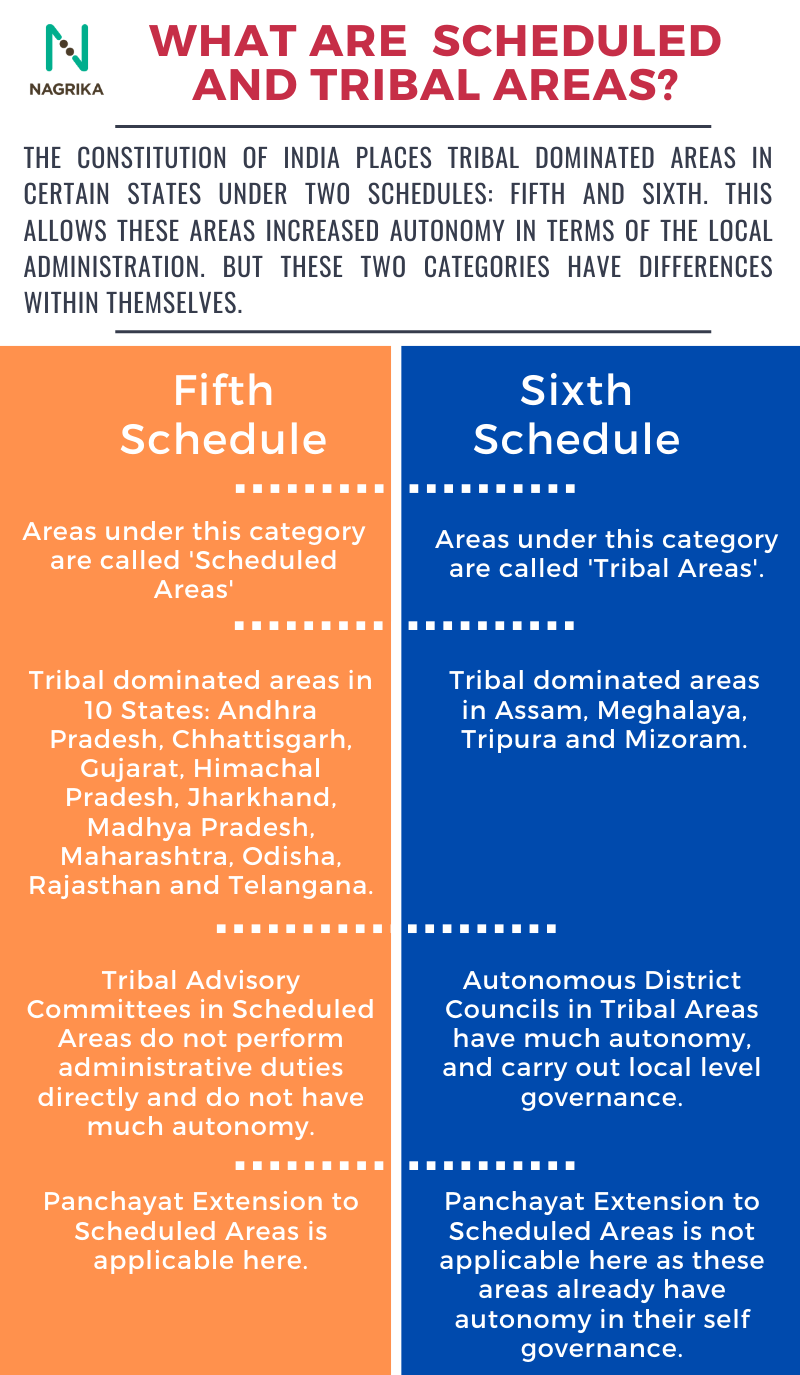Free Courses Sale ends Soon, Get It Now


Free Courses Sale ends Soon, Get It Now



Copyright infringement not intended
In News
Details
Autonomous District Councils
Tribal Area

https://epaper.thehindu.com/Home/ShareArticle?OrgId=GN4ANCQF6.1&imageview=0
© 2024 iasgyan. All right reserved